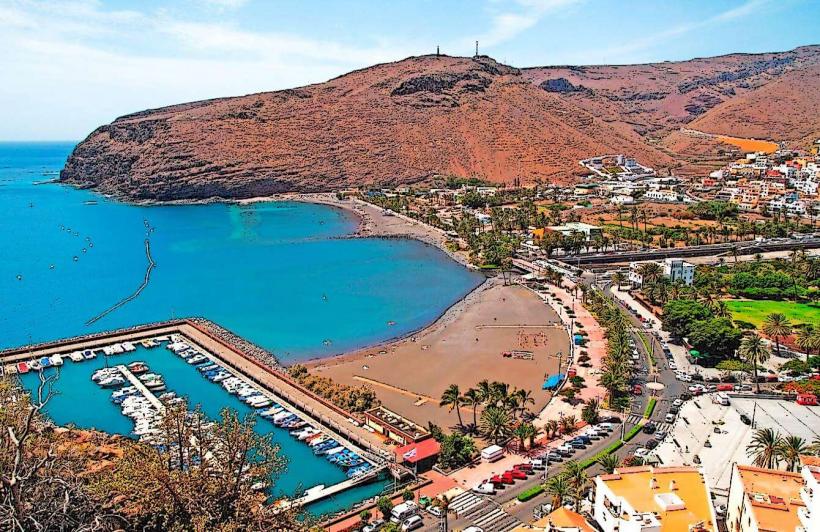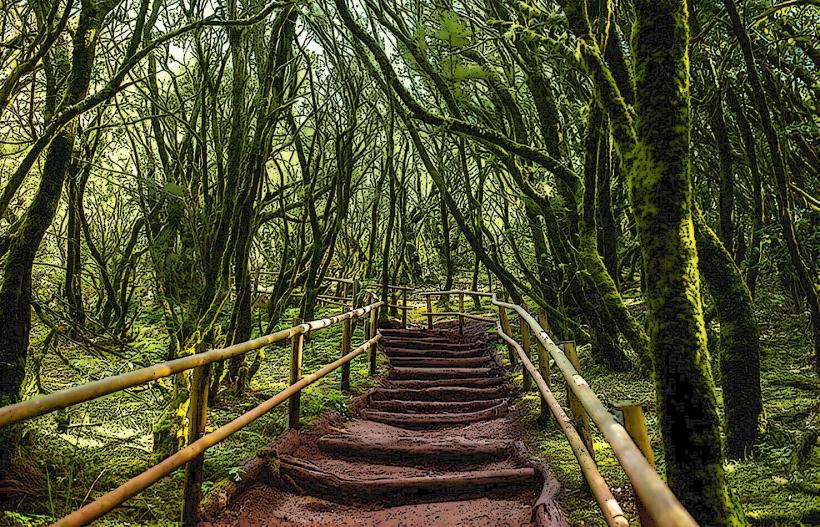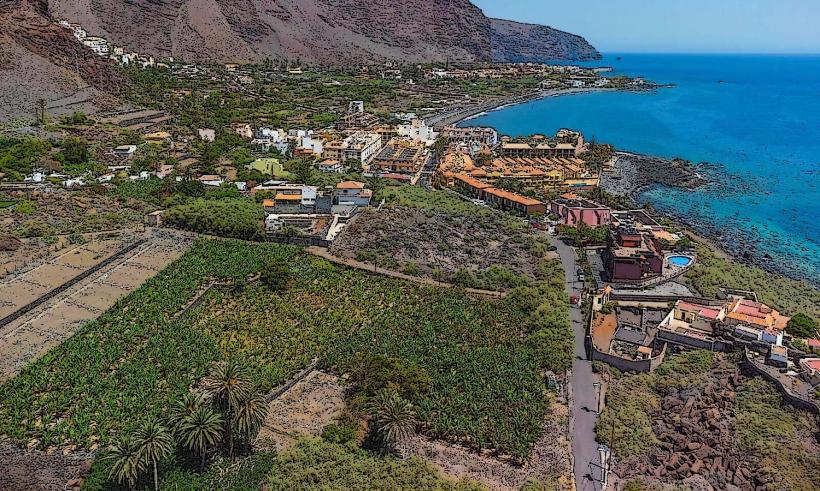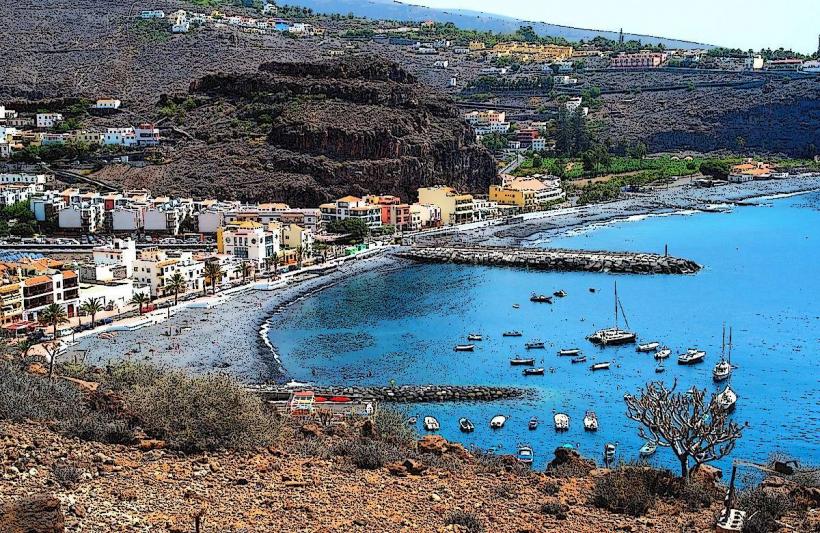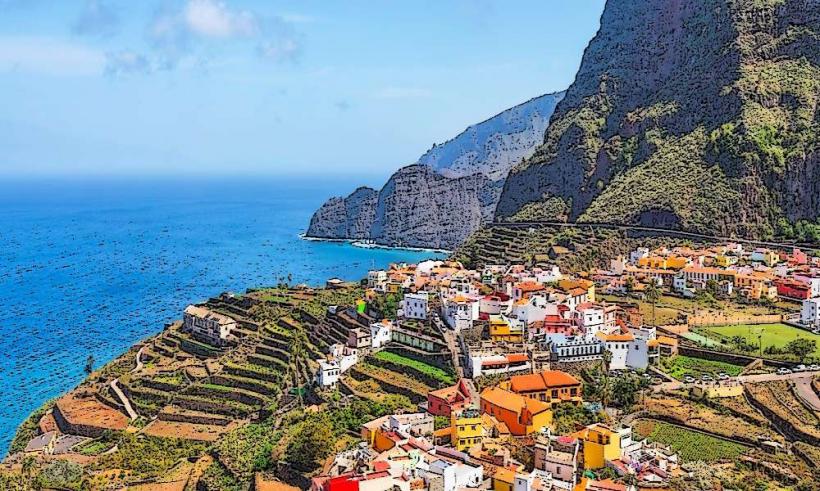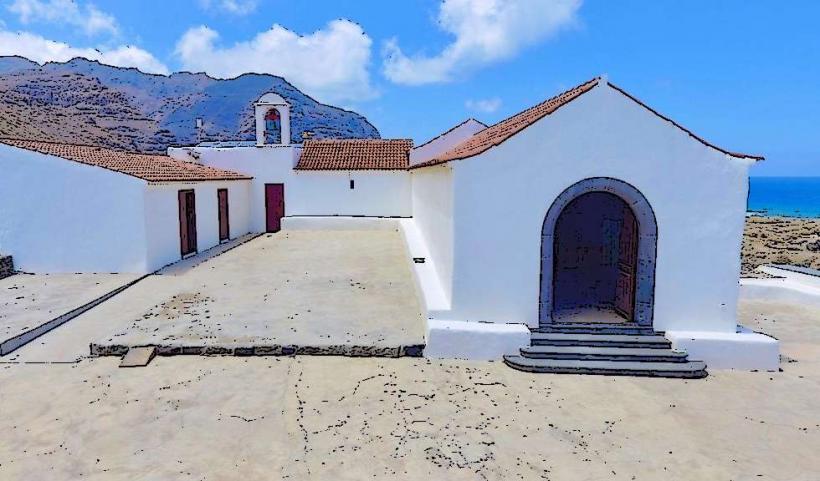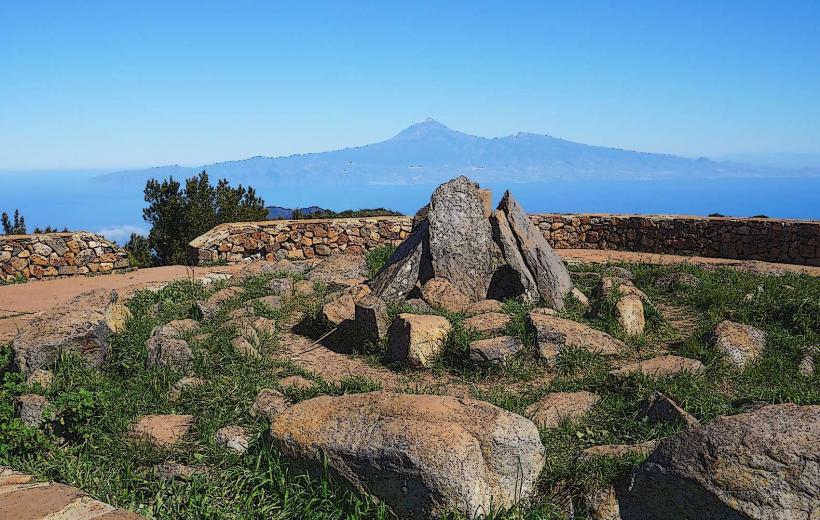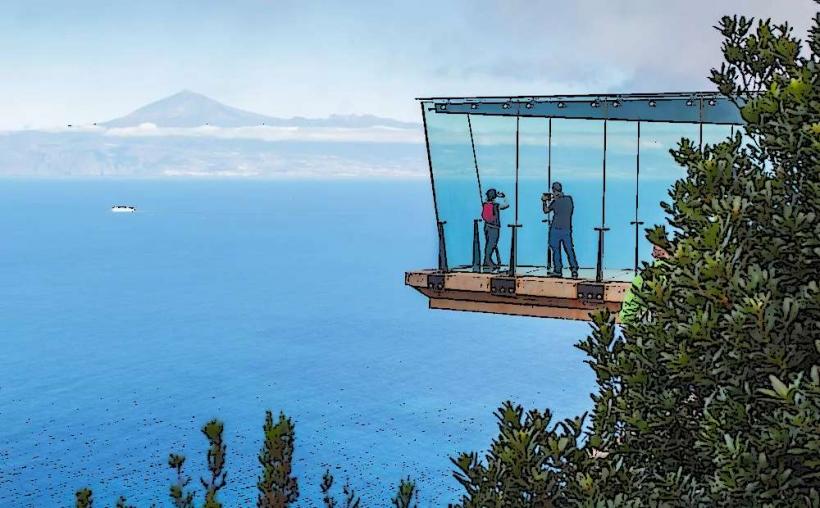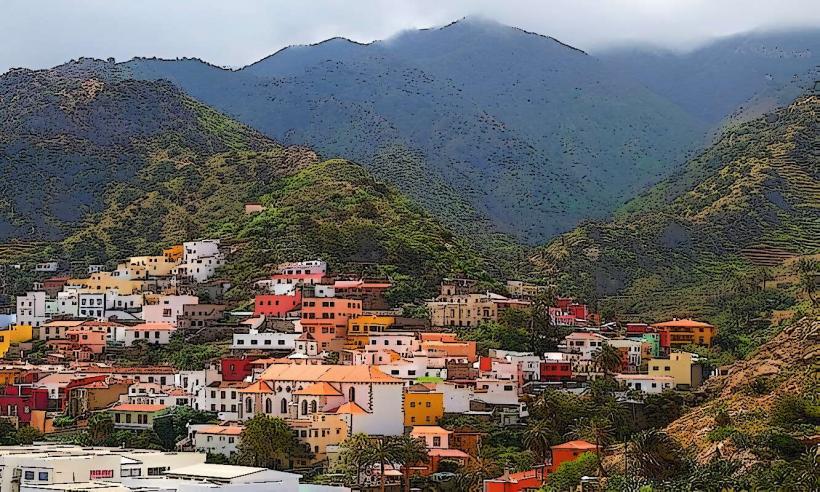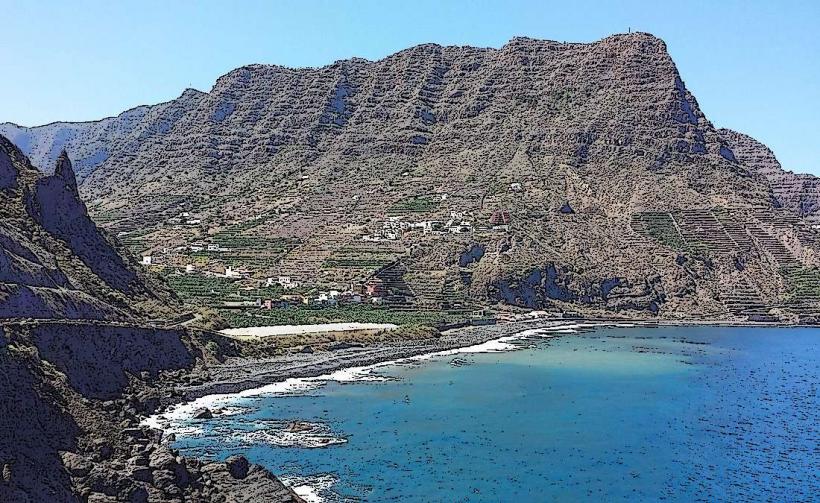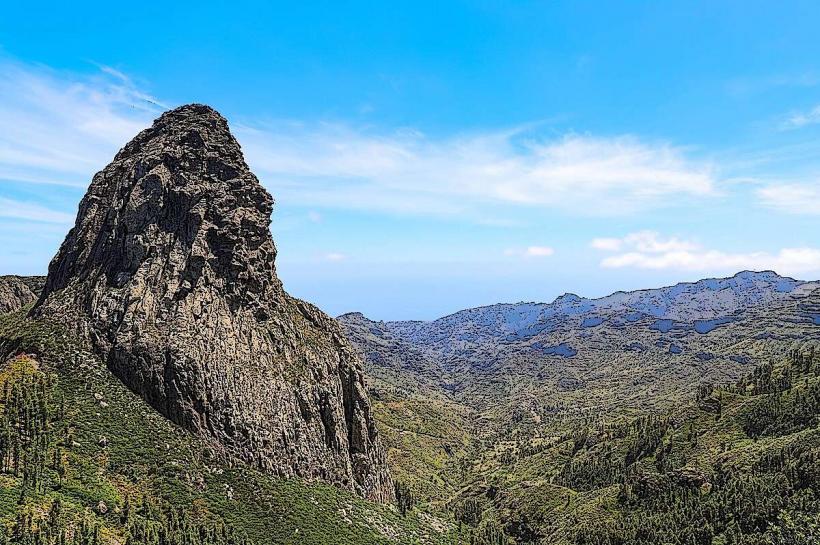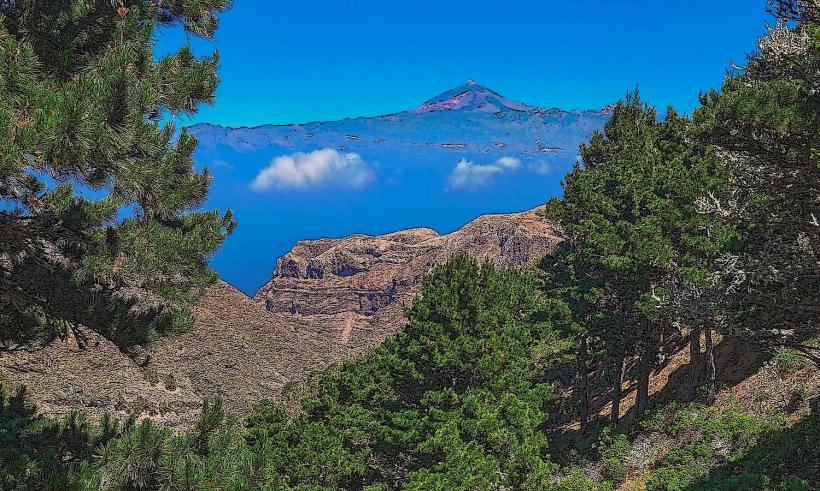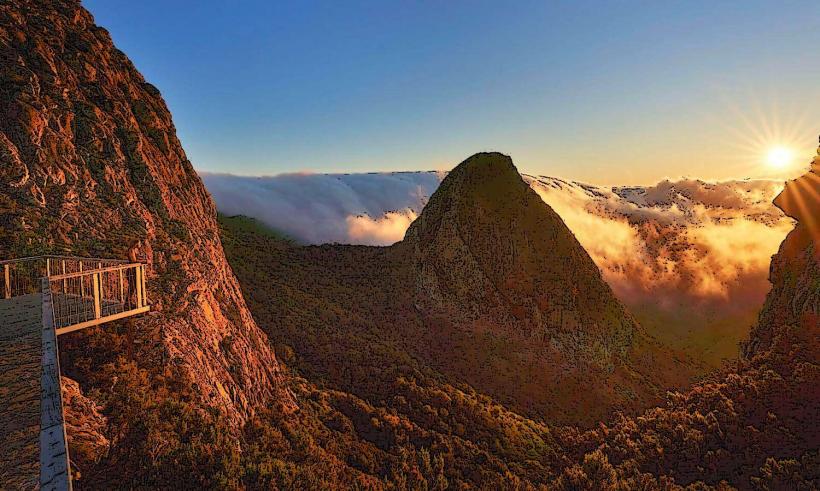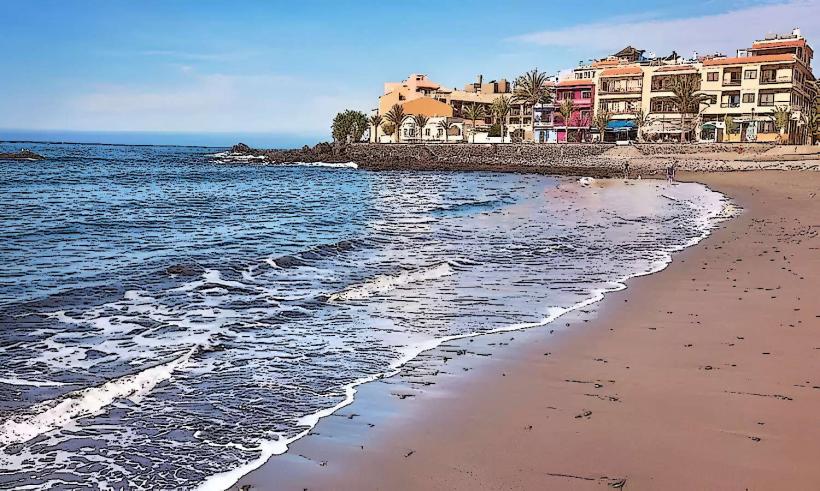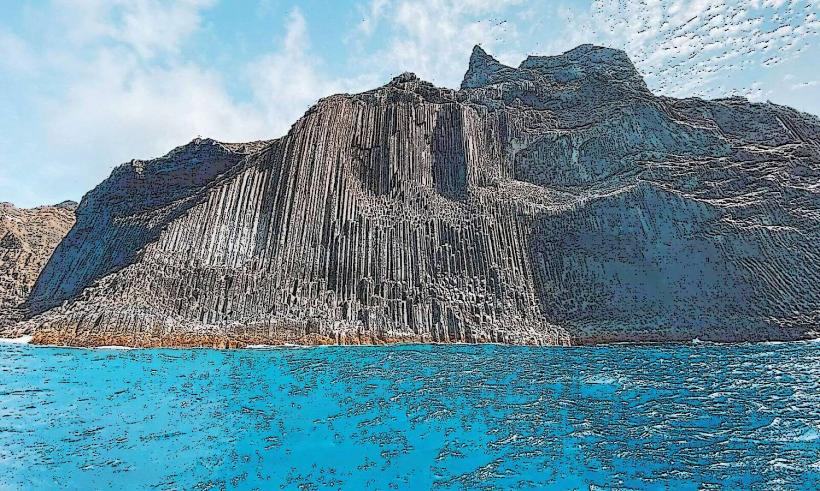Information
Landmark: Parque Nacional de GarajonayCity: La Gomera
Country: Canary Islands
Continent: Europe
Parque Nacional de Garajonay, La Gomera, Canary Islands, Europe
Overview
Parque Nacional de Garajonay sits on La Gomera, a lush green island in the Canary Islands, consequently this park, a UNESCO World Heritage Site, draws visitors with its rare laurel forest and astonishing variety of wildlife, from moss-draped trees to flashes of radiant bird wings.This is one of the Canary Islands’ most treasured nature reserves, with sweeping volcanic vistas, glowing bursts of wildflowers, rare wildlife, and a web of trails kept in excellent shape for hikers, in turn parque Nacional de Garajonay sits in the heart and northwest of La Gomera, stretching over about 40 square kilometers-roughly the size of a modest town nestled among misty green hills.It stretches across much of the island’s rugged mountains and can be reached from several towns on La Gomera, including the capital, San Sebastián de La Gomera, therefore the park’s highest point, Garajonay Peak, rises sharply to 1,487 meters (4,876 feet), often crowned with a wisp of cloud.This peak rises as the island’s highest point, where you can take in sweeping views of the park’s rolling hills and the glittering ocean beyond, moreover one of its most distinctive treasures is the laurel forest, or laurisilva-a cool, green subtropical woodland found only in the Canary Islands.These forests brim with evergreens like laurel, and mist often curls through the branches, lending the air a quiet, otherworldly feel, not only that the laurisilva forests rank among the world’s best-preserved of their kind, and they’re a grand reason visitors come here, roughly The park’s rugged mountains plunge into shadowy ravines, with cliffs that catch the light and valleys that seem to go on forever, while you’ll find rolling hills draped in green, thick with ferns and wildflowers, and from their crests, the land opens to wide, breathtaking views of the coastline and the deep blue Atlantic.Curiously, In the early mornings, mist curls through the park’s higher ridges, softening the edges of the forest and deepening its quiet magic, in turn among the trees, you’ll find an astonishing variety of plants, some found only on La Gomera or elsewhere in the Canary Islands, partially In the park, laurel trees, vineyards, and tall tree heathers rise above carpets of moss, all thriving in the cool, damp shade, what’s more thick ferns, sparkling wildflowers, and low shrubs splash color across the forest floor, where the greenery seems to hum with life.The park’s home to an array of animals too, from tiny lizards to birds found nowhere but the Canary Islands, also these include several species of birds-the Canary Island chiffchaff with its quick, vivid call, the pigeon, and the La Gomera lizard.The park’s alive with insects buzzing in the grass, frogs lurking near the pond, and tiny mammals skittering through the underbrush, meanwhile garajonay’s rich biodiversity and rare ecosystems make it a vital locale for conservation, home to species found nowhere else-like the Gomera giant lizard basking on sun-warmed rocks, the tiny La Gomera pipistrelle, and a variety of native plants-and its network of trails, from gentle woodland paths to steep, breath-stealing climbs, lets visitors experience these landscapes up close.One of the top picks is La Cumbrecita Trail, a short, easy trek that rewards you with sweeping views of the park and the hills rolling away in the distance, while it’s a great way to explore the laurel forest without straying too deep into the park.You know, From El Contadero, the trail climbs steadily to Alto de Garajonay-the park’s highest point-where you can take in sweeping views of La Gomera and the sea beyond, besides the Bosque del Cedro Trail winds through some of the most splendid, untouched laurel groves, their leaves glistening after the mist, relatively For a different perspective, the Circular Route of Roque de Agando loops around the park’s iconic rock tower, revealing wide panoramas of forest and rugged hills, also up here, the air is cool and damp, and the mist often curls around the trees like pale ribbons.Somehow, The moss-draped laurel trees and curling ferns lend the locale a quiet, otherworldly feel, as if you’ve stepped into an ancient, untouched wilderness, in addition thanks to its shifting altitudes and rugged terrain, the park holds several distinct microclimates.Down in the lower valleys, the air feels warmer and sunlight spills freely, but climb higher and you’ll find it cooler, damp, and mist-wrapped, moreover the park takes its name from Garajonay Peak, a venue woven deep into La Gomera’s history and traditions.Many believe the island’s indigenous Guanches held the mountain sacred, gathering among its slopes and misty forests for rituals and spiritual rites, equally important today, Garajonay National Park and its rugged landscape still echo through local folklore.The island’s heritage is woven with legends about the park’s wild beauty-tales of the forest’s strange power and its towering, centuries-vintage trees, on top of that at the visitor centers, you can step inside, hear those stories, and explore the park’s natural and cultural history.Just inside the park’s entrance, the Juego de Bolas Visitor Center offers maps, tips on hiking trails, and details about the plants and animals you might spot, like the luminous-green lizards sunning on warm rocks, also you can also join a guided tour to explore the park’s history and rich ecosystem more deeply.These tours often spotlight the park’s wildlife, wildflowers, and ongoing conservation work, and you can drive there easily-several winding roads connect it to the island’s petite towns.Funny enough, Still, the park’s rugged mountains make it so you can only reach some of the far-off spots on foot, often by hiking narrow trails lined with pine, then some trails can be tough for visitors with limited mobility, though you’ll find easier paths for a gentler wander.To be honest, In the end, Parque Nacional de Garajonay is a location every nature lover, hiker, or curious traveler should witness-its mossy forests and rich biodiversity capture the wild heart of La Gomera, after that ancient laurel forests whisper in the wind, rare creatures dart through the undergrowth, and soft mist curls over the hills-together, they create a region that feels nothing short of magical.The park’s rich ecology, paired with winding, well-kept trails that lead past luminous lichens and volcanic rock, makes it an unforgettable gem of the Canary Islands, consequently you might wander through misty forests, pause to take in sweeping views from the island’s highest ridges, or just breathe in the park’s quiet air-either way, Garajonay National Park stands out as one of La Gomera’s treasures.
Author: Tourist Landmarks
Date: 2025-09-08

